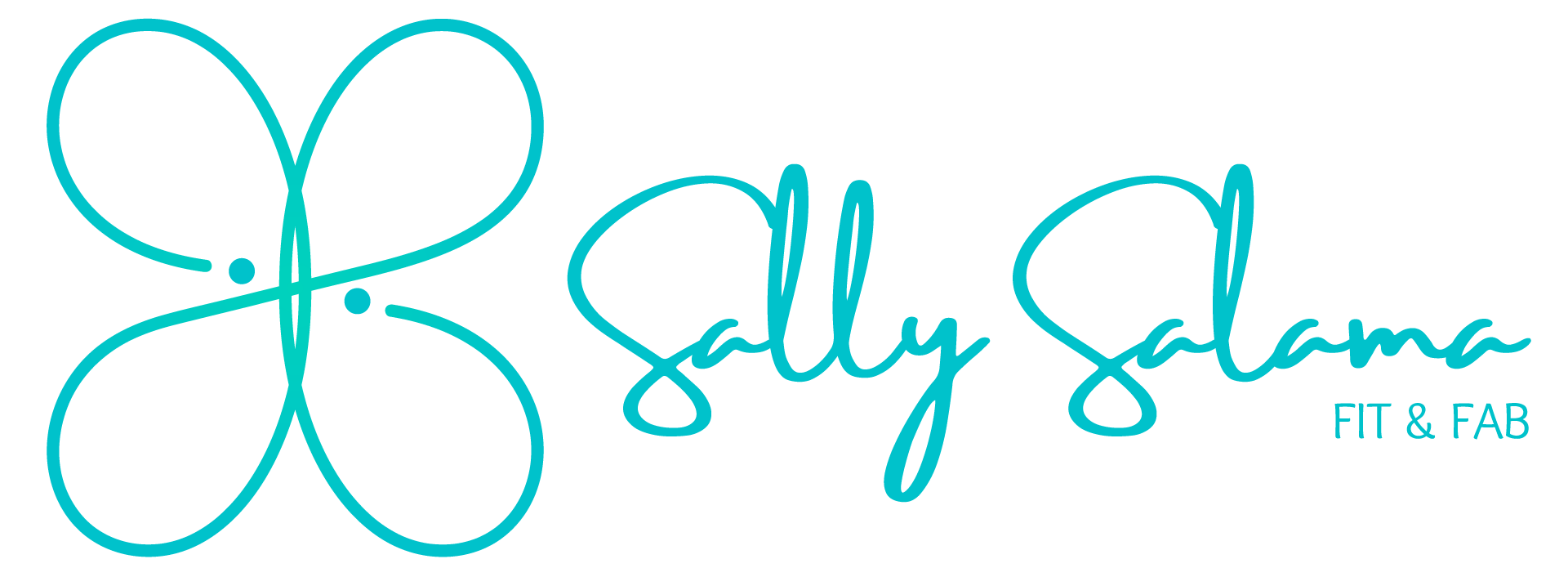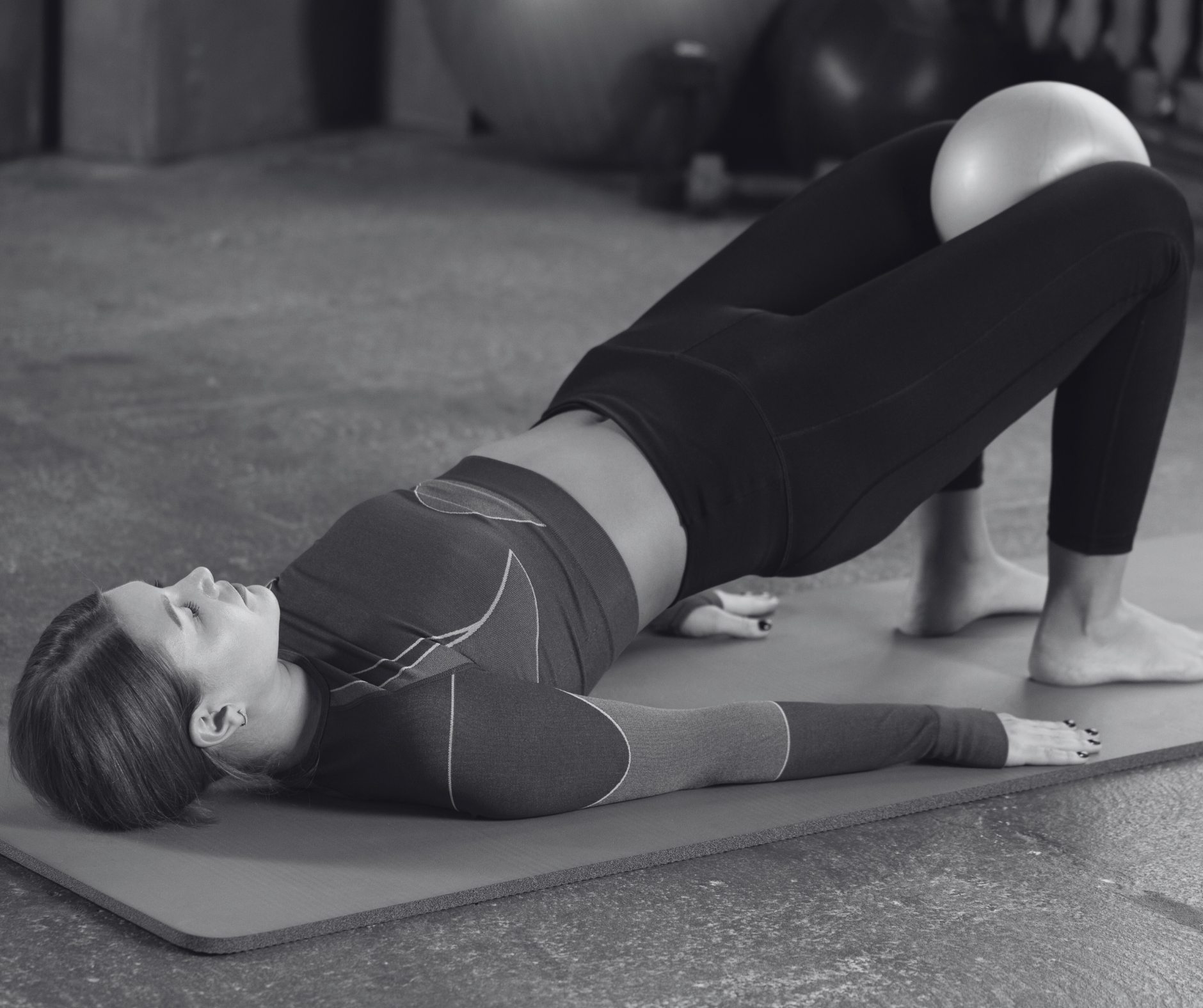
Food and Mood: A Delicious Connection
May 26, 2025
Beyond Appearances: Embracing Every Body with Kindness
August 20, 2025If you've ever been to a gym or participated in any form of exercise, you've likely encountered the common belief: the more you sweat, the more effective your workout.
This idea seems logical at first glance. After all, sweat is often associated with hard work, effort, and, most importantly, results. But in reality, the connection between sweat and workout effectiveness is a bit more complicated. Let's dive into the science behind sweat and bust some myths along the way.
What is sweat?
Before we unravel the myths, it's important to understand what sweat really is. Sweat is primarily composed of water, with small amounts of salts, sugars, and other substances from the body. The primary purpose of sweating is to regulate body temperature. When your body heats up, whether due to exercise or hot weather, sweat glands release sweat onto the surface of your skin. As the sweat evaporates, it cools your body down.

The Real Indicators of an Effective Workout
Now that we have established that sweat isn't the magic indicator of a successful workout, what should you be looking for instead? Here are some reliable indicators that your workout is effective:
1
Heart Rate
Monitoring your heart rate is one of the most accurate ways to gauge exercise intensity. Depending on your goals, you should aim to keep your heart rate within a specific target zone. Using a heart rate monitor or fitness tracker can help you stay within this range and ensure you're working out effectively.
2
Perceived Exertion
Another way to measure workout intensity is through perceived exertion, which is simply how hard you feel you're working. The Borg Rating of Perceived Exertion (RPE) Scale can help you assess your exertion level. On a scale of 6 to 20, aim for a range that reflects moderate to high intensity, ideally between 12 and 16.
3
Progression Over Time
An effective workout routine should show progression over time. This could mean lifting heavier weights, running longer distances, or achieving faster times. Keep track of your workouts and celebrate these milestones as true indicators of improvement.
4
Recovery and Adaptation
Pay attention to how your body feels after workouts. Effective exercise should challenge you but not leave you completely depleted. Adequate recovery, including rest, nutrition, and sleep, allows your body to adapt and grow stronger.
The Role of Hydration
While sweat isn't the best indicator of workout success, it serves as a reminder of the importance of staying hydrated. As you sweat, you lose fluids and electrolytes, which are crucial for maintaining bodily functions. Drinking water before, during, and after exercise is essential to replace lost fluids and avoid dehydration, which can negatively impact performance and recovery.
Embrace the Sweat, But Don't Measure Success by It
Sweat can certainly be a satisfying byproduct of a hard workout, but it shouldn't be the yardstick by which we measure fitness success. Understanding the true purpose of sweat and relying on more accurate indicators can help us create more effective and balanced fitness routines.


